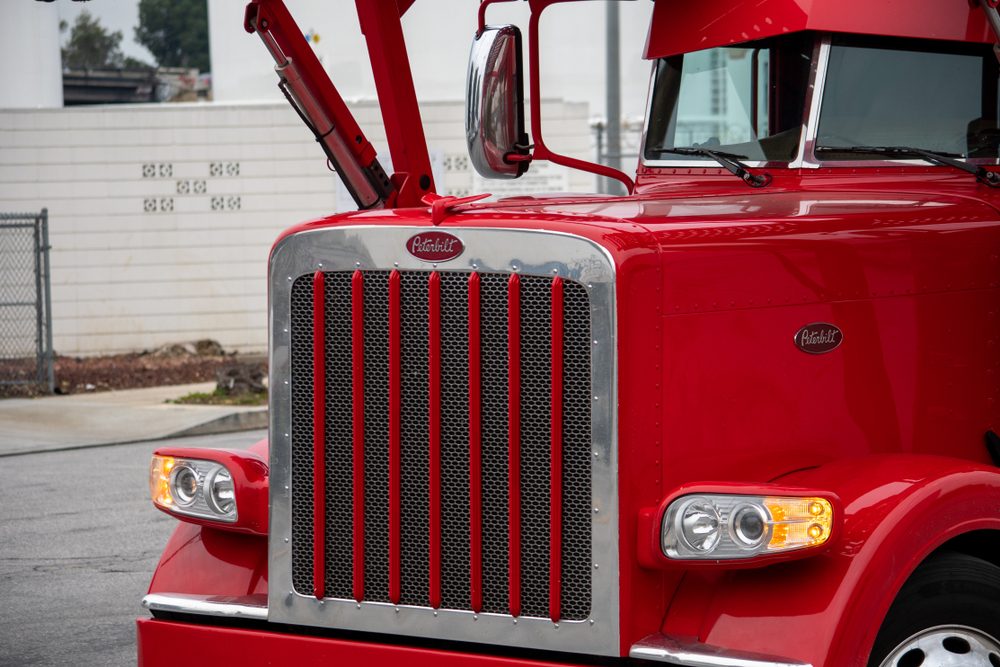
How To Ship A Car By Train
Choosing the Right Train Company for Your Car Shipping Needs
When it comes to choosing the right train company for your car shipping needs, there are a few things you should consider. Firstly, make sure the company has experience in transporting cars and that they have all the necessary licenses and insurance. You can also check reviews from previous customers to see if they were satisfied with the service provided.
Another important factor is cost. Compare prices from different companies but remember that cheaper doesn’t always mean better quality. Look for a balance between price and service offered, such as whether they offer door-to-door delivery or terminal-to-terminal transport.
Lastly, pay attention to customer service. A good train company should be responsive to any questions or concerns you may have throughout the shipping process. They should also provide clear communication regarding pickup and delivery times so you can plan accordingly. By considering these factors, you’ll be able to choose a reliable train company for your car shipping needs with confidence.
Preparing Your Car for Train Transport: Dos and Don’ts
When preparing your car for train transport, it’s important to remove all personal belongings from the vehicle. This includes any loose items that may shift during transit and cause damage to your car or other vehicles on the train. Additionally, make sure to clean out the interior of your car and remove any valuables such as electronics or jewelry.
Another important step in preparing your car for train transport is ensuring that it is in good working condition. Check the battery, brakes, tires, and fluids before shipping. If there are any issues with these components, have them fixed prior to shipment so that you can avoid delays or additional costs.
Lastly, consider investing in a protective cover for your vehicle during transit. This will help protect it from dust and debris while also preventing scratches or dings caused by other cargo on the train. By following these dos and don’ts when preparing your car for train transport, you can ensure a safe and hassle-free experience when shipping your vehicle via rail.
Understanding the Shipping Process: From Loading to Delivery
Once you’ve chosen the right train company for your car shipping needs and prepared your vehicle for transport, it’s important to understand the shipping process from loading to delivery. The first step is usually an inspection of your car by the carrier. This will help them identify any pre-existing damage before they load it onto the train.
After inspection, your car will be loaded onto a railcar with other vehicles bound for similar destinations. It will then travel along a predetermined route until it reaches its final destination. During transit, you can track its progress online or through customer service representatives who are available to answer any questions you may have.
When your car arrives at its destination, another inspection will take place to ensure that there was no new damage incurred during transit. Once everything checks out, you’ll be able to pick up your vehicle and drive away knowing that it arrived safely and securely thanks to professional train transport services.
Handling Unexpected Situations: Lost or Damaged Car, Delayed Delivery
If your car is lost or damaged during train transport, it can be a stressful situation. First and foremost, contact the train company to report the incident. They will provide you with instructions on how to file a claim and what documentation is needed. It’s important to act quickly as there may be time limits for filing claims.
When filing a claim for a lost or damaged car, make sure to have all necessary documents such as the bill of lading, inspection reports, and photos of any damages before and after transport. Be prepared to provide details about the condition of your vehicle prior to shipping as well as any additional costs incurred due to the loss or damage.
In case of delayed delivery, keep in touch with the train company regularly for updates on when your car will arrive at its destination. If you need alternative transportation while waiting for your car’s arrival, keep receipts so that you can include them in your claim if applicable. Remember that delays are sometimes unavoidable due to weather conditions or unforeseen circumstances beyond anyone’s control; however, communication between yourself and the train company can help alleviate some stress during this time.